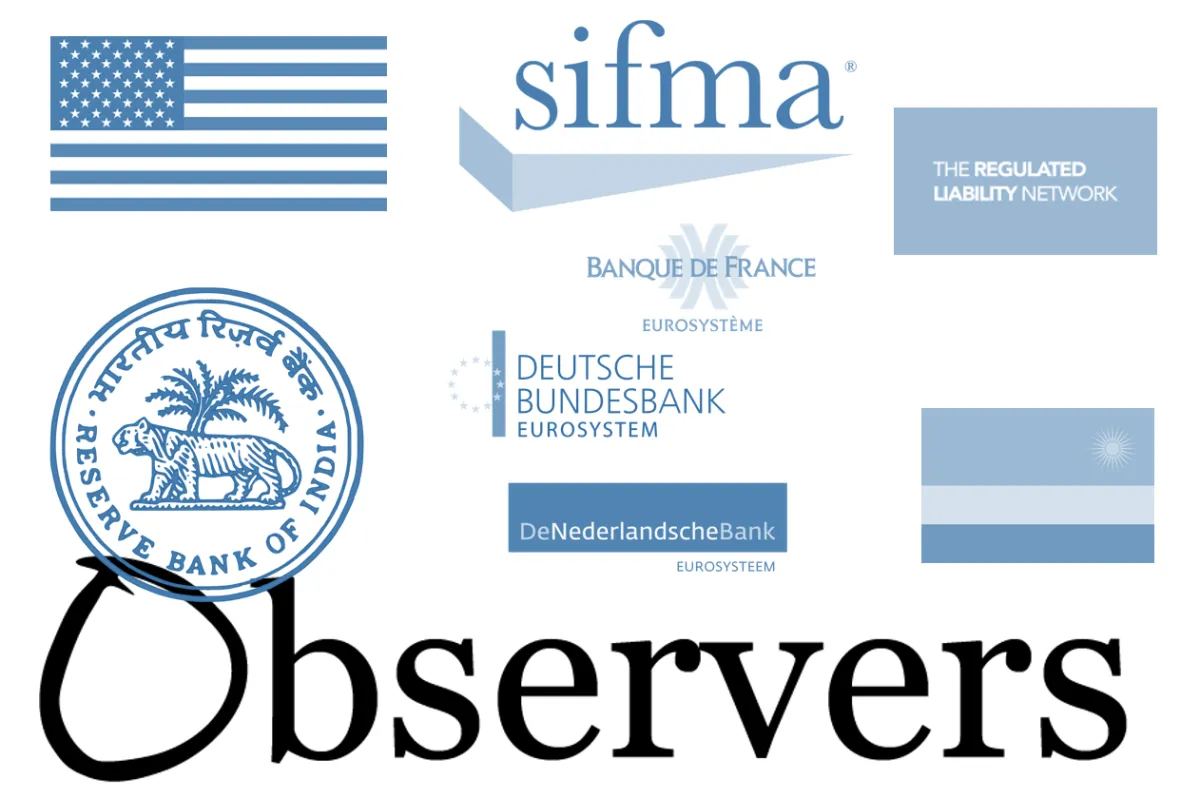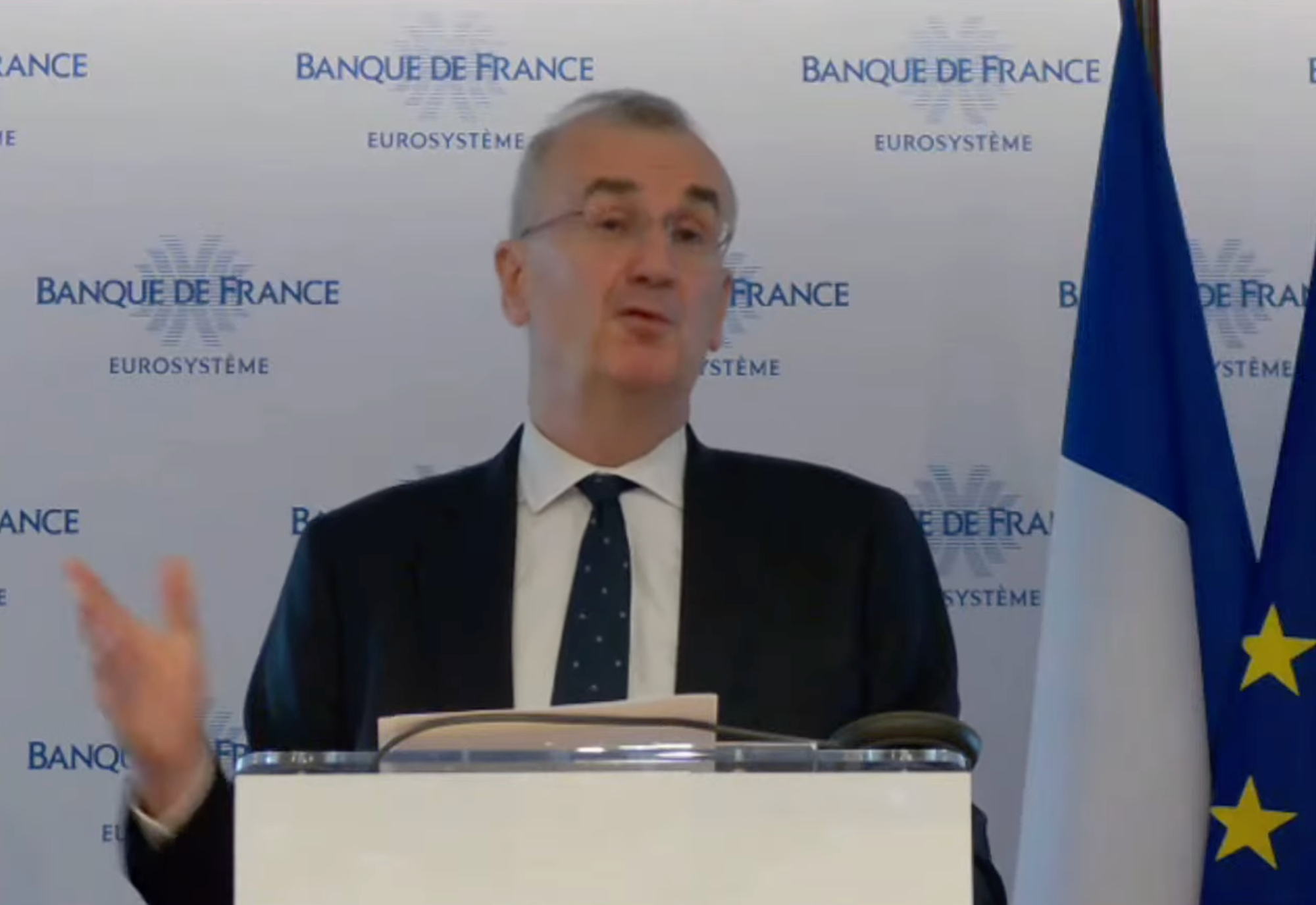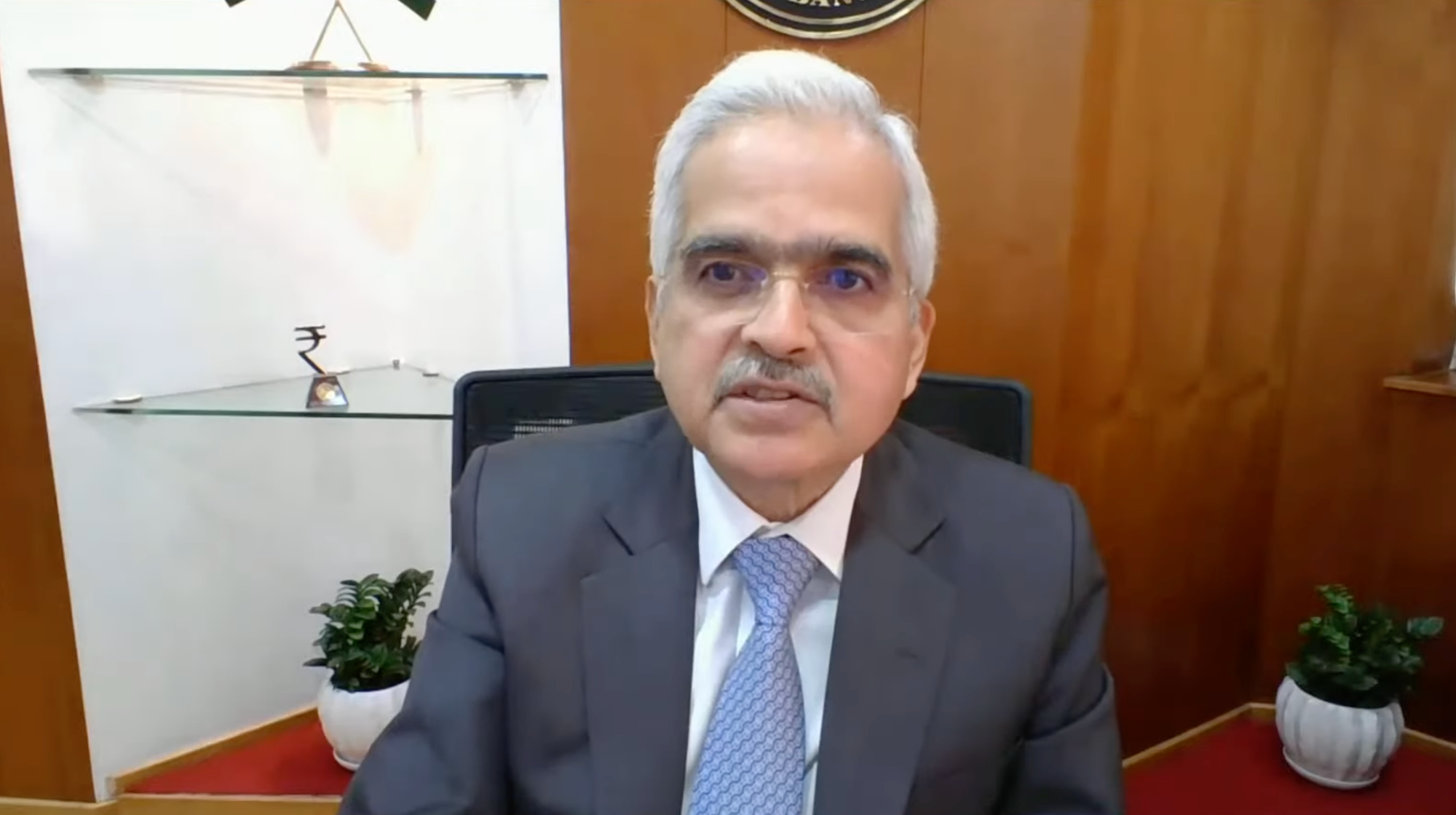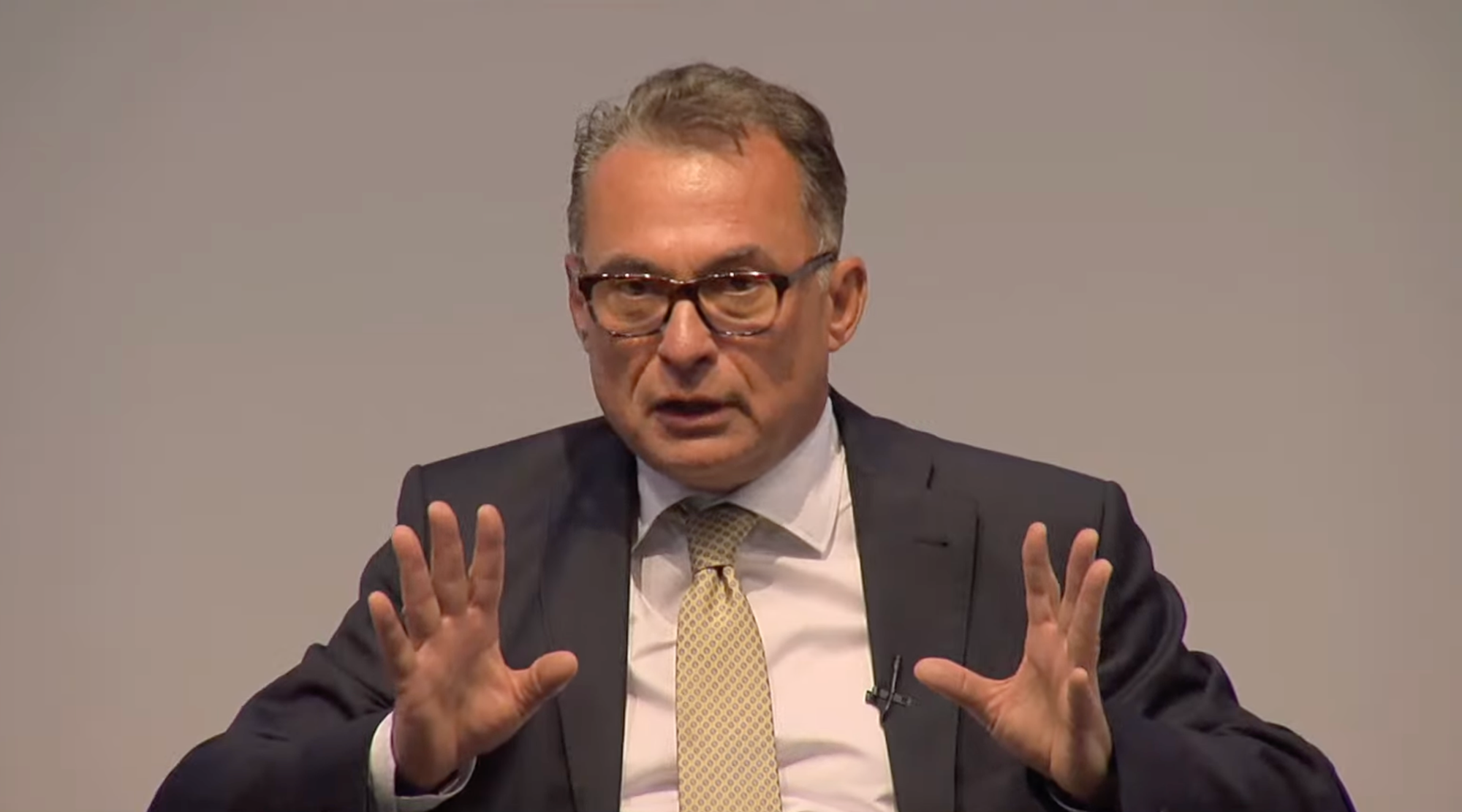Banking and CBDC Weekend Roundup: 11/05/2024
Are European Central Banks too slow on the CBDC track? Let's hear what the governors say. Also, in this roundup, the U.S. commercial banks fighting actively for their share of the crypto custody markets and even developing their own digital asset network.




